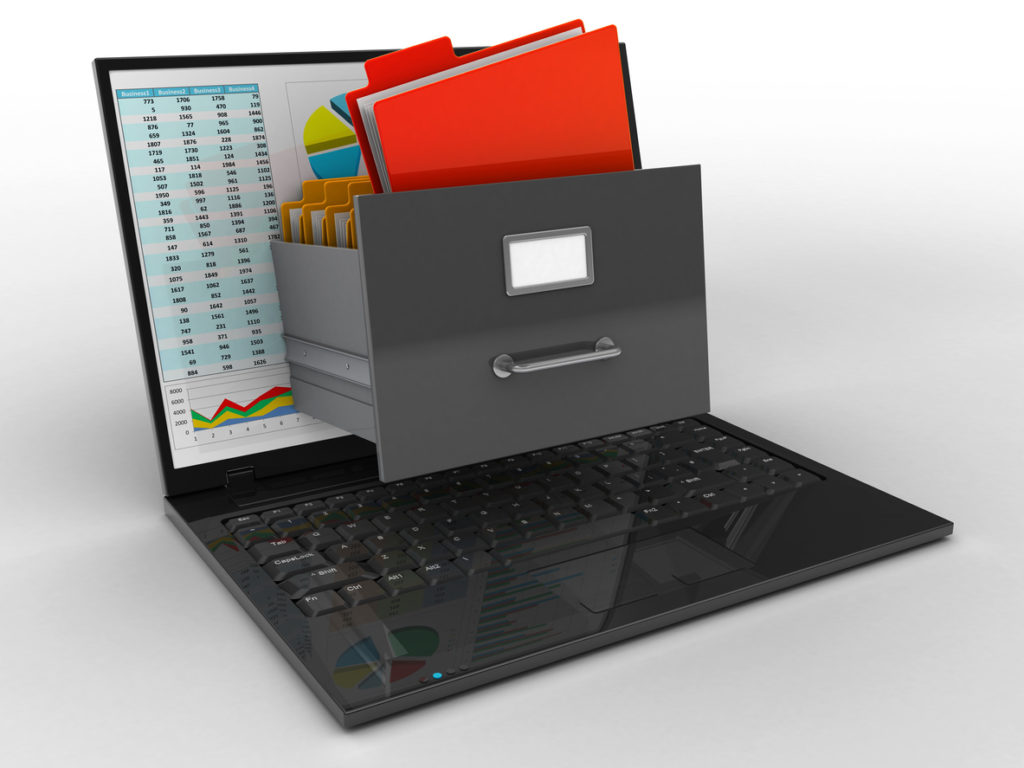I want to make a slight differentiation here. I would like to (for this post differentiate between your filing system and your filing structure. Typically I will refer to the place where you keep your files as your filing system, but in this case, we’re splitting hairs. The reason I’m doing this right now is that as a part of organizing your digital life, you need to be able to have a method to take all the papers, pictures and other media that come your way and make it so that they are organized in a way that works for you. While I’m writing this, I’m giggling to myself a little because listening to a podcast about time management, and that’s only part of your filing system. Taking the time out of your day/week/month to ensure that your filing system works for you is a part of it, but equally important is having a file naming convention and a structure where you can put your files.
1) There’s too much information out there – I was reading an article by a data scientist that I like following called Bernard Marr, who wrote an article called How much data do we create every day? The Mind-blowing stats everyone should read, and it was wild how much data is created, shared, and stored every single day. The fact of the matter is that all of that data has to go somewhere. How many e-mails do you get in a day? Fifty? One Hundred? More? Even if you are deleting things (like I do with the junk e-mail that comes my way), all of that data has to go somewhere if you keep your e-mail, documents, and pictures in places you need to be able to have a place to put everything and a name to call it to make it so that you can find it again.
2) Digital files CAN be hard to keep organized without a system – I like the fact that I have a well-tuned system. Not only do all of my files have a place to go, but I have a way of getting them to a staging area where I name the files, and then I’m able to, by looking at the specific file names, know precisely where I have to file them. I have certainly dealt with people who do not have any of those factors set up in their filing systems. They are continually looking for documents, the correct versions of things, the correct folder, or even if they have it loaded into their filing system at all. Without having a proper system where you keep your files, what you would keep and what would get tossed, and even knowing what (or if) you would keep hard copy, maintaining any system is difficult at the best of times.
3) A little bit of work can produce a lot of results – Something that always strikes me as interesting is when I talk to people about their filing systems. The one comment that is more common than any other is that it takes forever to name (or re-name) files. I would imagine that this is because people typically are not sure what to name things. I always know what I’m going to name my files. As apart of my filing system, I set myself up a little construct to have the file be called something very specific. Every single file in my filing system has a file name that goes like this; (Date) – (Location to be filed) – (Filename). The date and the location are snap decisions that I barely need to make anymore because it’s become so automatic that I don’t have to spend any time thinking about what they are anymore. For your filing system, if you set it up in a way that works well for you, it will get to the point that you don’t need to think too hard about what goes where.
Digital filing systems are what we all should be using nowadays. If you’re not working with a digital filing system, then you absolutely should develop one. Here’s the issue, for most of us, carrying around all of your files, or quite frankly any files, is simply a thing of the past. With a digital filing system, and particularly a cloud system, there is no need to take any physical files anywhere because you will have access to them anywhere.
How digital are you?
Let me know in the comments section below. If you like this blog post and want to see more, you can follow me on Social Media (LinkedIn, Instagram, and Facebook @jasonlovefiles) or Subscribe to my blog to get new content delivered directly to your mailbox.

